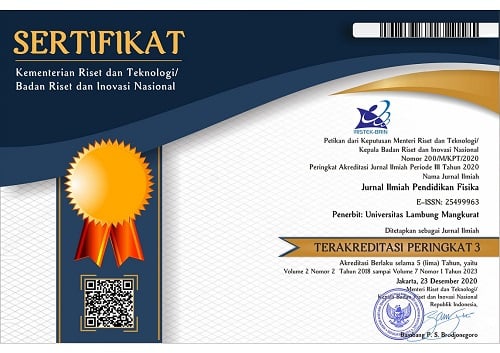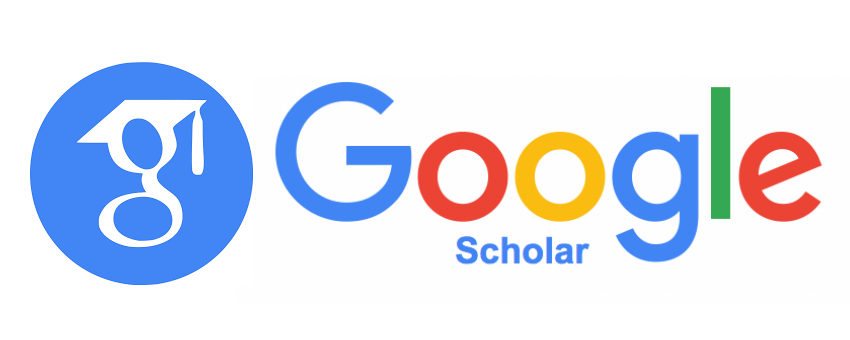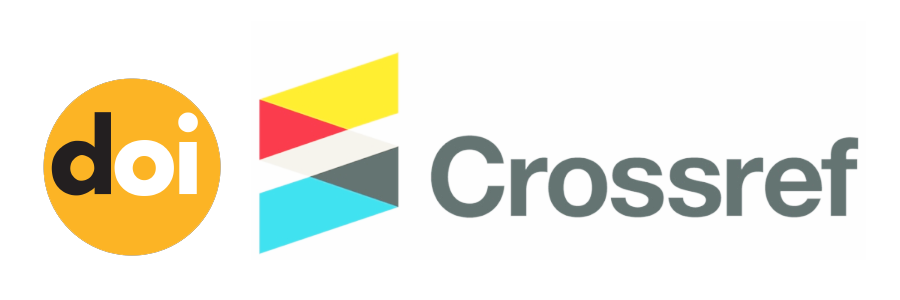The Use of Direct Instruction Learning Model Assisted by Phyphox Application Media on Simple Harmonic Vibration Material Experiments
Abstract
This study was designed to analyze the effect of using direct instruction model learning with the assistance of the Phyphox application media on simple harmonic vibration material experiments based on students' learning outcomes in terms of factual, conceptual, and procedural knowledge. This research method was a pre-experimental design using the one-group pretest-posttest design type. The samples for this research were the students of class X MIPA Al-Mustaqim who were studying for the 2021–2022 academic year. A saturated sampling technique was used to perform the sampling. The data collection technique for this study was a test consisting of thirteen multiple-choice questions and three essays. The data analysis technique used in this study was the Paired Sample T-Test. The data analysis findings showed that before being given treatment, the average score of factual knowledge was 39.20, conceptual knowledge was 47.60, and procedural knowledge was 44.00. After the treatment, the average score for factual knowledge was 68.80, conceptual knowledge was 67.97, and procedural knowledge was 67.00. The results of hypothesis testing using the paired sample t-test showed differences in the average learning outcomes before and after using the direct instruction learning model assisted by the Phyphox application media in terms of factual, conceptual, and procedural knowledge. Based on these findings, it was determined that the direct instruction learning model with the assistance of the Phyphox application was effective in learning to provide students with opportunities for the successful learning process, with a Cohen's effect size of 1.94 (classified as very high). The direct instruction model of learning with the assistance of the Phyphox application media can be used as input and a reference for teachers who struggle with low student achievement.
Keywords
Full Text:
PDFReferences
Arianti, B. I., Sahidu, H., & Harjono, A. (2016). Pengaruh model direct instruction berbantuan simulasi virtual terhadap penguasaan konsep siswa. Jurnal Pendidikan Fisika Dan Teknologi, 2(4), 159–163. https://doi.org/10.29303/jpft.v2i4.307
Bura, Y., Jufriansah, A., & Donuata, P. B. (2022). The effect of using phyphox applications to improve learning outcomes reviewed from early knowledge and response. Jurnal Pendidikan Fisika dan Teknologi, 8(2), 203-207.
Dani, A. U., Qaddafi, M., & Hidayat, S. (2017). Penggunaan software simulasi elektronika sebagai media belajar pokok bahasan listrik dinamis untuk meningkatkan keterampilan. JPF (Jurnal Pendidikan Fisika) Universitas Islam Negeri Alauddin Makassar, 5(2), 96–98. https://doi.org/10.24252/jpf.v5i2.3683
Emda, A. (2018). Kedudukan motivasi belajar siswa dalam pembelajaran. Lantanida Journal, 5(2), 172. https://doi.org/10.22373/lj.v5i2.2838
Hade, L., & Aswirna, P. (2019). Pengembangan media pembelajaran fisika menggunakan corel video studio pro x 7 pada materi teori kinetik gas. Natural Science Journal, 5(1), 740–753. https://doi.org/10.15548/nsc.v5i1.894
Julianingsih, D., Supryatna, & Aulia, N. (2019). Keefektivitasan aplikasi phyphox dan praktikum sederhana pegas sebagai media percobaan dalam menentukan nilai konstanta pegas pada teknologi pembelajaran fisika. phyEductech.
Kamsinah, D. L., Jamal, M. A., & Misbah, M. (2016). Meningkatkan hasil belajar dan keterampilan prosedural siswa melalui model pengajaran langsung pada pembelajaran fisika di kelas x 3 sma negeri 10 banjarmasin. Berkala Ilmiah Pendidikan Fisika, 4(2), 137-143.
Kristiyani, Y., Sesunan, F., & Wahyudi, I. (2020). Pengaruh aplikasi sensor smartphone pada pembelajaran simple harmonic motion berbasis inkuiri terbimbing terhadap peningkatan kemampuan berpikir kritis siswa. Jurnal Pendidikan Fisika, 8(2), 138–149. https://doi.org/10.24127/jpf.v8i2.3031
Lefudin, L. (2017). Belajar dan pembelajaran dilengkapi dengan model pembelajaran, strategi pembelajaran dan metode pembelajaran. Deepublish.
Majid, A. (2013). Strategi pembelajaran. PT Remaja Rosdakarya.
Nur, G. D. L. (2014). Pembelajaran Vokal Grup Dalam Kegiatan Pembelajaran Diri di SMPN 1 Panumbangan Ciamis. Universitas Pendidikan Indonesia.
Putra, R. S., Wijayati, N., & Mahatmanti, F. W. (2017). Pengaruh penggunaan media pembelajaran berbasis aplikasi android terhadap hasil belajar siswa. Jurnal Inovasi Pendidikan Kimia, 11(2), 2009–2018. https://doi.org/10.15294/jipk.v11i2.10628
Roestiyah. (2012). Strategi belajar mengajar. Rineka Cipta.
Sarini, P. (2015). Pengaruh virtual experiment terhadap hasil belajar fisika ditinjau dari motivasi belajar siswa sma negeri 1 singaraja. Proceedings Seminar Nasional FMIPA UNDIKSHA V, 21–26.
Silverius, S. (1991). Evaluasi hasil belajar dan umpan balik. Gramedia Widi Sarana.
Sofiana, K. A. (2021). Pengaruh model pembelajaran langsung (direct instruction) dan tidak langsung terhadap hasil belajar siswa pada materi fisika. Proseding of Integrative Science Education Seminar, 1(1), 7–15. http://ejournal.iainponorogo.ac.id/index.php/jtii
Sofiyah, S. (2010). Pengaruh model pengajaran langsung (direct instruction) terhadap hasil belajar fisika siswa. UIN Syarif Hidayatullah Jakarta.
Staacks, S. (2017). Phyphox, Physical Phone Experiments. The 2nd Institute of Physics of the RWTH Aachen University. https://phyphox.org/wiki/index.php?title=Experiment:_Spring
Sugiyono, S. (2012). Metode penelitian kuantitatif, kualitatif, dan R&D. Alfabeta.
Sugiyono, S. (2018). Metode penelitian kuantitatif, kualitatif, dan R&D. Alfabeta.
Supardi, U. S., Suhendri, H., & Rismurdiyati. (2015). Pengaruh media pembelajaran dan minat belajar terhadap hasil belajar fisika. Jurnal Formatif, 2(1), 71–78. https://doi.org/10.30998/formatif.v2i1.86
Suprihanto, J. (2001). Penilaian kinerja dan pengembangan pegawai. BPFE.
Trianto, T. (2015). Mendesain model pembelajaran inovatif, progresif, dan kontekstual. Prenadamedia Group.
Wicaksono, D., Arifuddin, M., & Misbah, M. (2017). Meningkatkan keterampilan prosedural siswa kelas viii e smp negeri 31 banjarmasin melalui model pengajaran langsung pada pembelajaran ipa fisika. Jurnal Ilmiah Pendidikan Fisika, 1(2), 64-73.
Windrayani, A., Murtiyasa, B., & Sumardi. (2019). Pengelolaan e-learning fisika dalam membentuk karakteristik inti di sma batik 1 surakarta [Universitas Muhammadiyah Surakarta]. http://eprints.ums.sc.id/id/eprint/70915
Yasaroh, S., Kuswanto, H., Ramadhanti, D., Azalia, A., & Hestiana, H. (2021). Utilization of the phyphox application (physical phone experiment) to calculate the moment of inertia of hollow cylinders. Jurnal Ilmiah Pendidikan Fisika Al-Biruni, 10(2), 231-240.
Yasmini, L. P. B., Rachmawati, D. O., Gunadi, I. G. A., & Arjana, I. G. (2021). Pemanfaatan smartphone dan app phyphox untuk percobaan fisika bagi guru kelas x di sma negeri 2 singaraja. Proceeding Senadimas Undiksha, 571–578.
DOI: https://doi.org/10.20527/jipf.v7i1.7351
Refbacks
- There are currently no refbacks.
Indexed by: Jurnal Ilmiah Pendidikan Fisika is licensed under a creative commons attribution-share alike 4.0 international license
Statistics Counter |
















